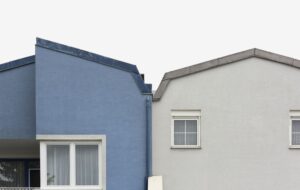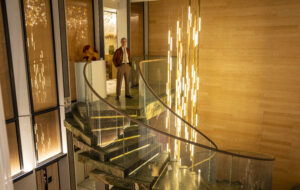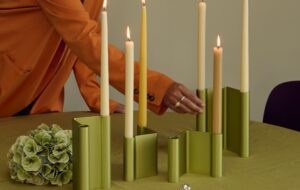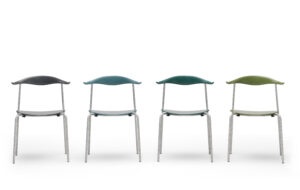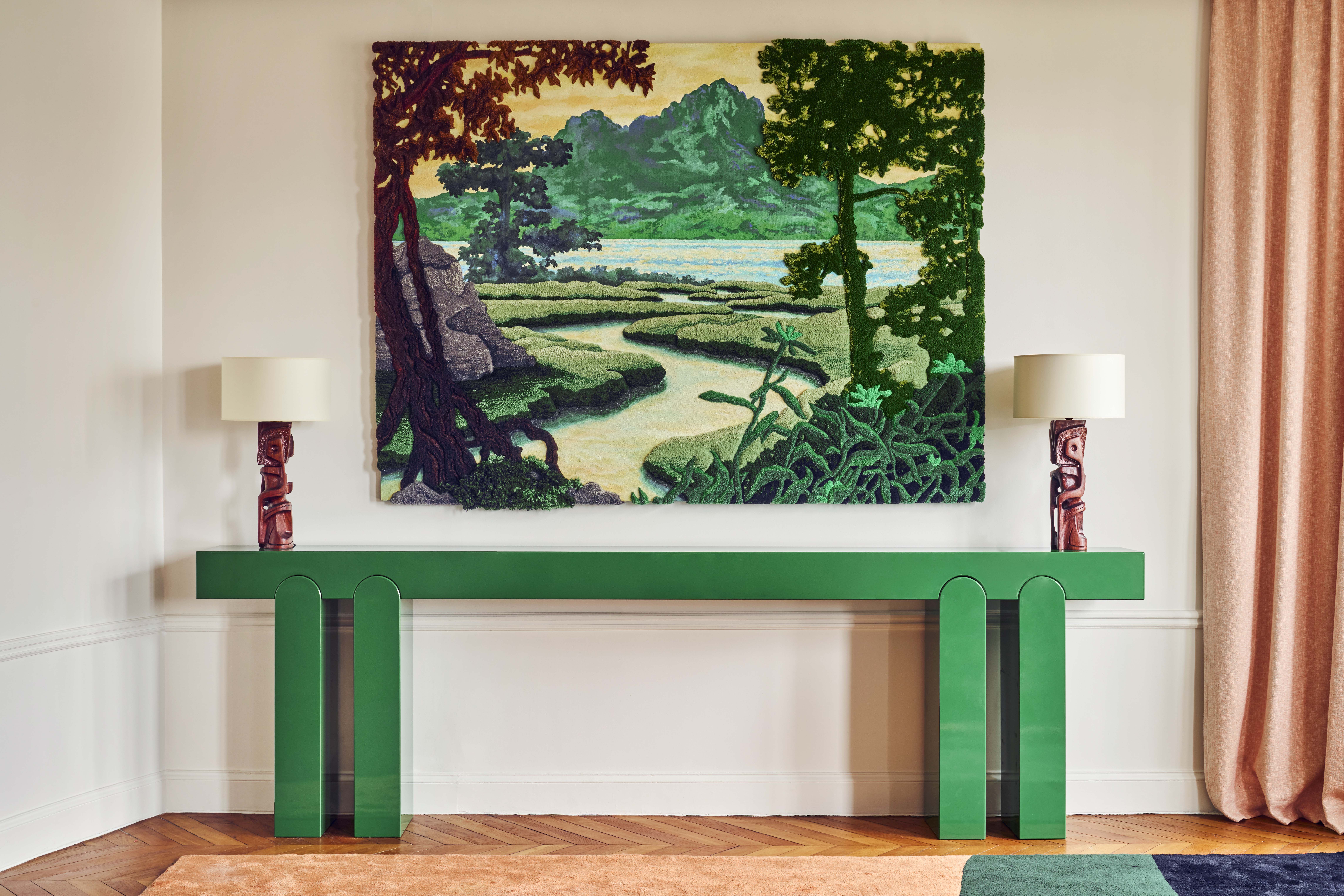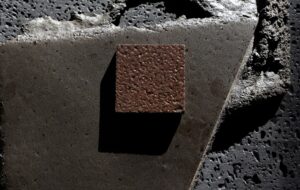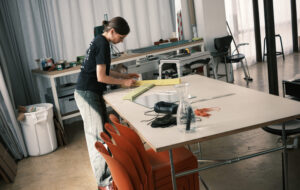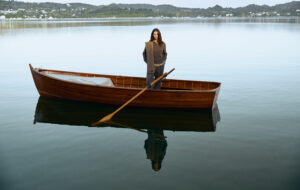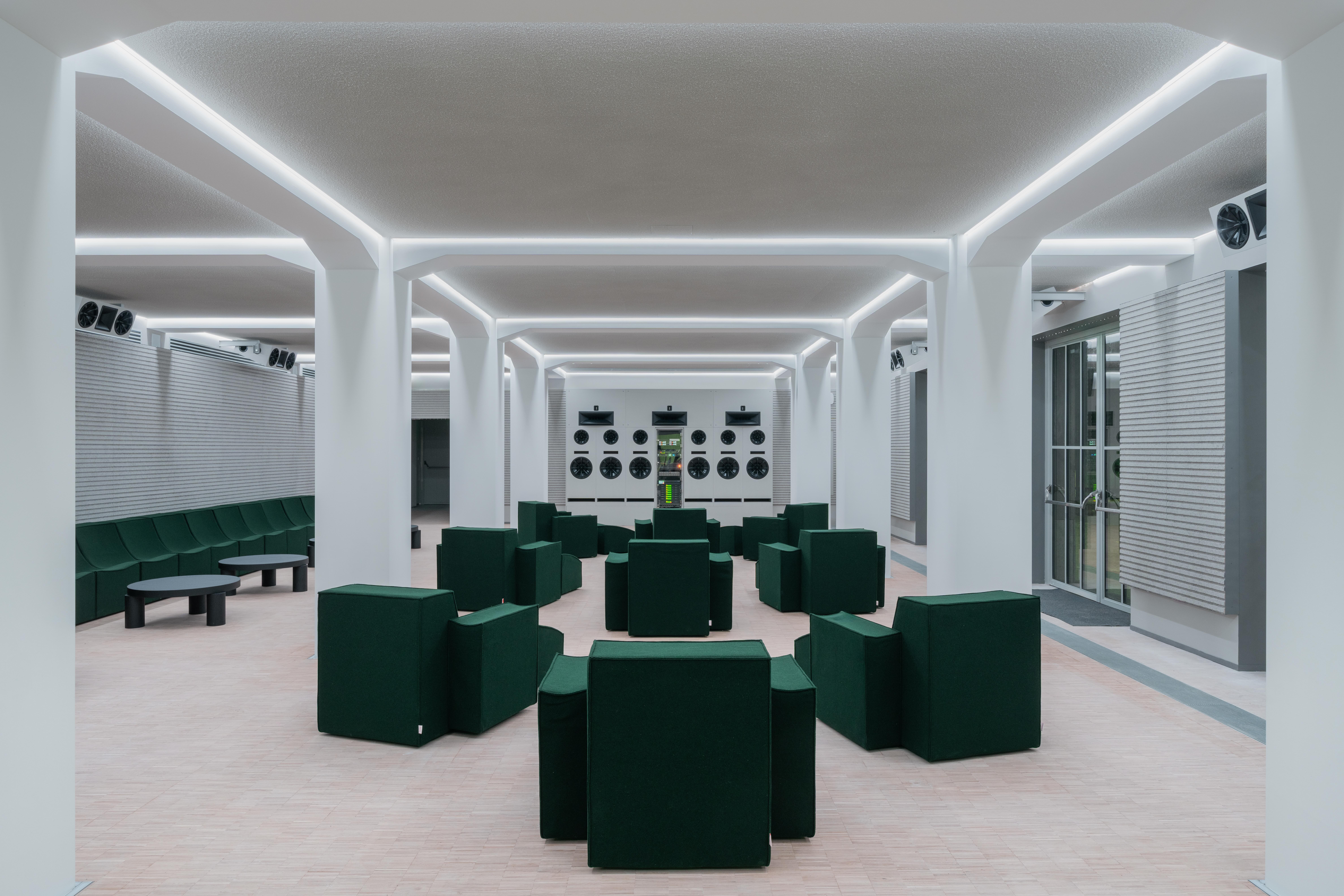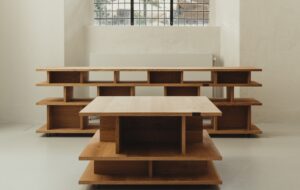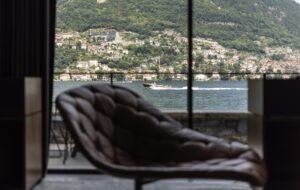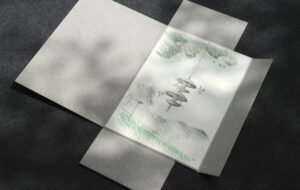As Milan Design Week returned earlier this month, a world of luxurious escapism set the tone while endless queues and influencer-filled crowds sparked a multitude of reactions.
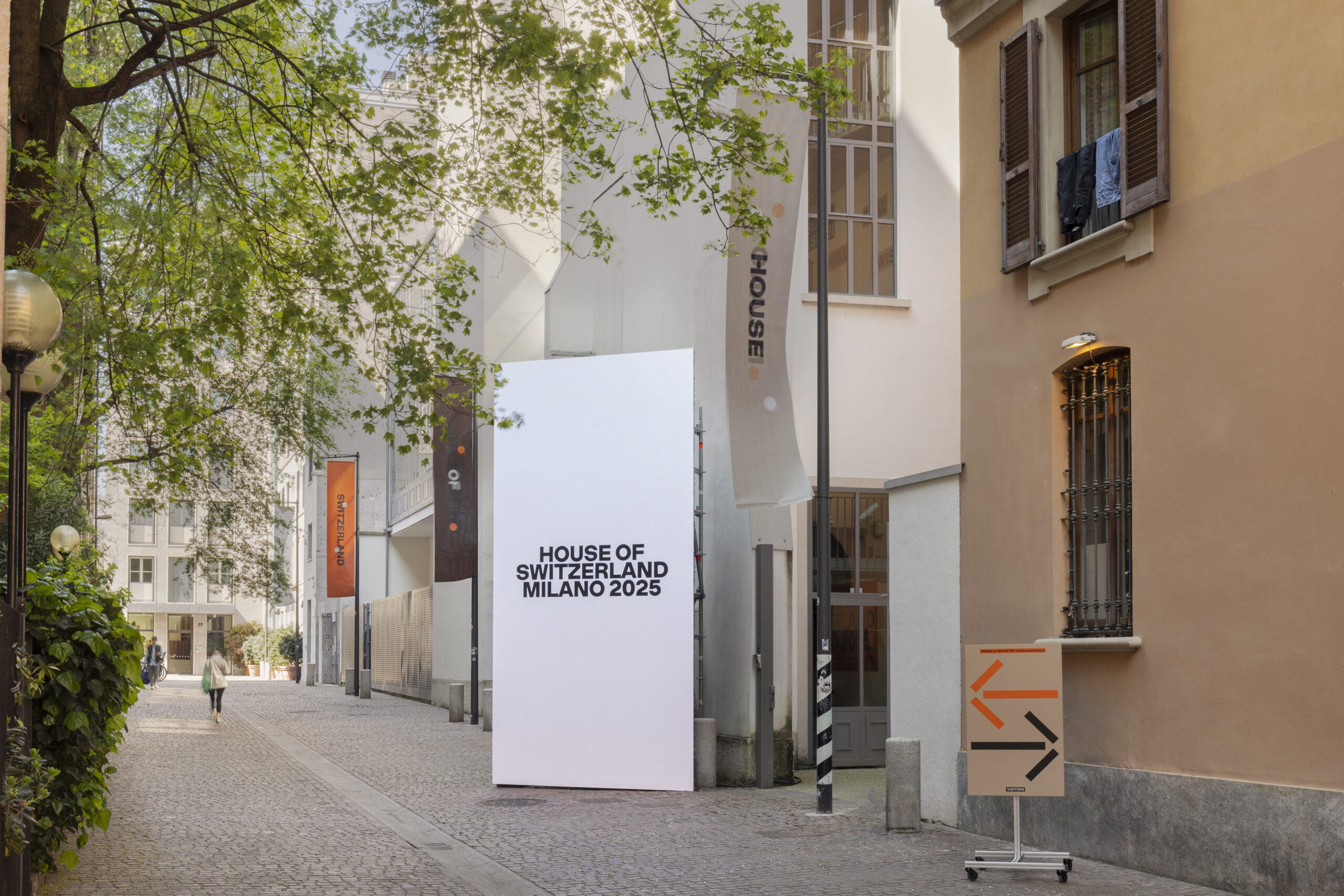 The House of Switzerland Milano presented collaborative projects from across the region with a focus on social and environmental impact. Photography: DSL Studio
The House of Switzerland Milano presented collaborative projects from across the region with a focus on social and environmental impact. Photography: DSL Studio
Words by Roddy Clarke
Each year I travel to Milan Design Week to gather inspiration, connect with the global creative community and to obtain a snapshot of the industry’s current mood. However, in the days that followed this year’s edition, the post-Milan comedown manifested itself with heightened feelings of overwhelm, confusion and concern. It was certainly clear that escapism was on the agenda for 2025, a tone that comes as no surprise considering the uncertainty of the world today, but navigating through the endless queues and the noise of luxury fashion houses who have decided to amplify their presence on the Milan stage, I was left wondering, where do we go from here?
With visitor numbers reaching thousands per day in many of the week’s ‘hottest’ activations, the question of what our future looks like still seems to hang in the balance as brand’s focused on past milestones, anniversary celebrations and re-editions; all beautiful to witness but difficult to position when contemplating how the sector might evolve going forward. In speaking with other industry figures, it seems my feelings were not exclusive. ‘I felt this year’s edition lacked reflection on what’s actually going on in our world,’ comments Jo Barnard, Founder and Creative Director of London-based design agency Morrama. ‘I hoped to see more acknowledgement of the critical state of the climate, the growing challenges with global supply chains and the material and technological innovations opening up, but it felt more like business as usual.’
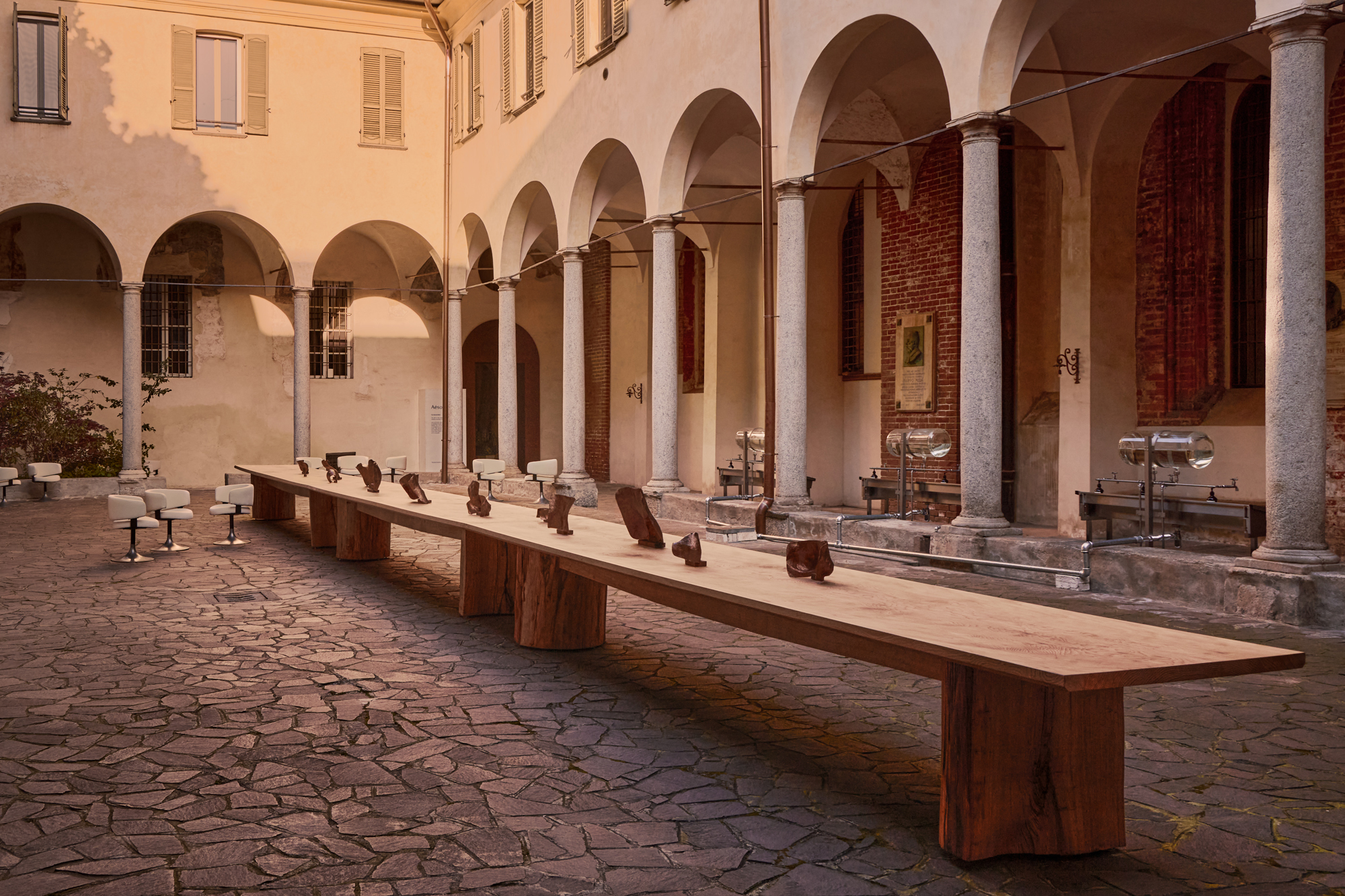 Aesop presented ‘The Second Skin’, a sensorial experience that guided visitors through Chiesa del Carmine into an architectural installation located within the church’s crypt. Photography: Aesop
Aesop presented ‘The Second Skin’, a sensorial experience that guided visitors through Chiesa del Carmine into an architectural installation located within the church’s crypt. Photography: Aesop
While my own presence and attendance of the global showcase isn’t lost on me, I do understand the positive aspects of attending. From the immersive and experiential aspects of showcases from Marimekko and Aesop, to the theatrical performance-based installation from Range Rover and NUOVA, there was a lot to be said for the escapism it offered and the reminder that design shows don’t have to be about launching new product but can be seen as an opportunity to engage new audiences in a playful way. However, when searching for emerging talents and those with a focus on social and environmental change, it felt harder to navigate amidst the noise and allure of the larger installations. “It definitely felt like the hype culture was pervasive at this year’s event,” Barnard continues, likening it to a theme park experience but without any exhilaration. ‘At times, it felt like standing in lengthy queues to briefly walk through exhibitions, surrounded by people filming on phones, only to dash across town to join another hour-long queue. I wanted the adrenaline rush of Thorpe Park but instead it felt more like the fairground teacups.’
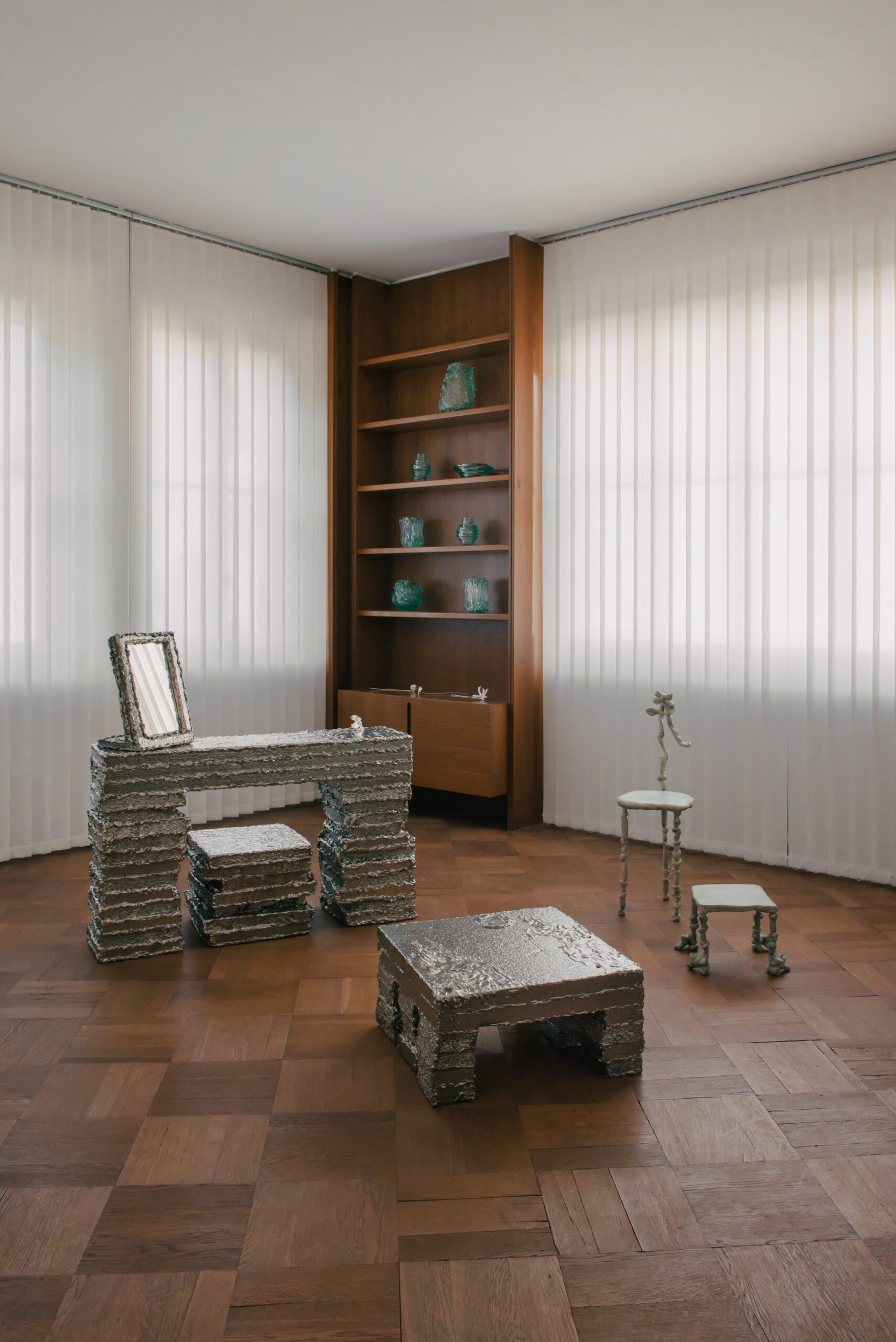 London-based accessories brand Completedworks debuted its first furniture collection at Alcova, located within Villa Borsani. Photography: Completedworks
London-based accessories brand Completedworks debuted its first furniture collection at Alcova, located within Villa Borsani. Photography: Completedworks
On the contrary, Barnard also states how the value of attending Milan Design Week lies in the conversations and connections that you find within it. ‘That element still thrills me,’ she says. ‘Meeting a diverse range of people outside our London bubble in a city that embraces Italy’s design culture and, where passionate, outspoken discussion is encouraged, it is such a refreshing contrast to our typical Britishness allowing for real engagement with other designers. But for tourists who attend just to see another furniture or laptop brand’s latest product, I question what meaningful experience they’re actually gaining.’
For certain brands, there is a lot of leg work that goes into the preparation for Milan Design Week to ensure the right visitors are drawn to an installation. At the House of Switzerland Milano, a collective exhibition from Pro Helvetia and Presence Switzerland, the work began months before. ‘We nurtured discussions with key stakeholders, secured meetings with the industry beforehand and made sure to train the designers in pitching their projects so they would engage more confidently in potential connections,’ explains Marie Mayoly, co-Creative Director of the House of Switzerland Milano and Head of International Platforms for Design at Pro Helvetia. ‘On-site, we made sure to facilitate the priority access of Media and Industry as well as organised industry events to encourage business discussions. All those activations brought the audience we were reaching for.’
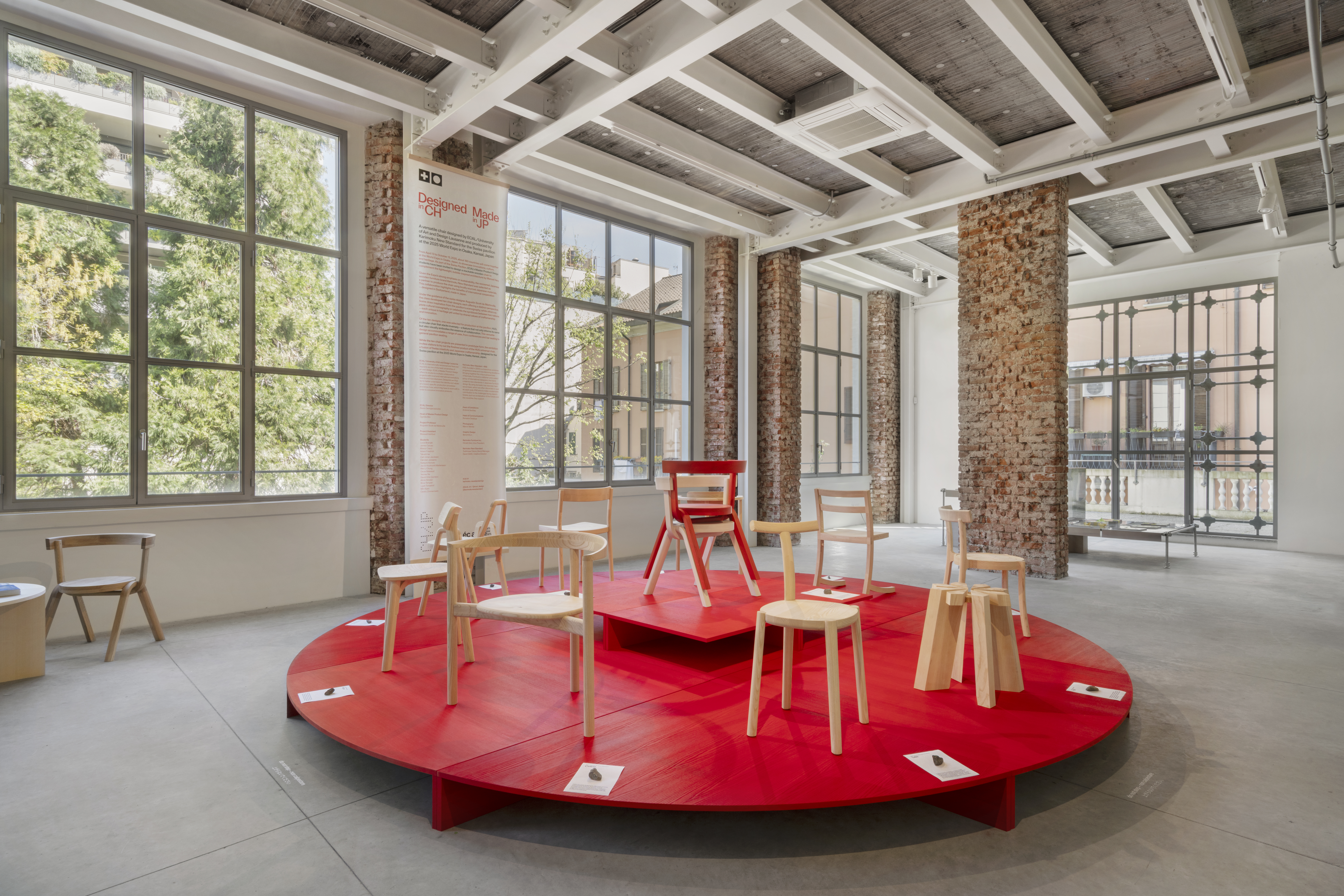 Designed in CH Made in JP was a cross-cultural collaboration between students at ECAL, Karimoku New Standard and Presence Switzerland, bringing together the craft and design heritage of both nations. Photography: DSL Studio
Designed in CH Made in JP was a cross-cultural collaboration between students at ECAL, Karimoku New Standard and Presence Switzerland, bringing together the craft and design heritage of both nations. Photography: DSL Studio
Resulting in an attendance of 23,522 visitors over the course of the week, the collective exhibition was centred on a theme of collaboration, with institutions, educational bodies and design studios coming together to interpret the narrative in unique ways. Highlights within the space featured a ceramic tableware collection by dversa studio designed in co-collaboration with individuals who face challenges in using conventional tableware. With other projects exploring the intersection between queer history and architectural spaces and the gender bias that exists in workwear, it was refreshing to see creatives at different levels of expertise coming together to hone in on a shared passion for change and disruption. The project not only presented a future-focused vision of the region’s design talent but presented the power and strength of collective design and community.
‘The project is a catalyst and safe space for ideas to flourish, connections to be made and trust to be built,’ says Mayoly. ‘Ideas don’t turn into finished objects overnight as collaboration takes time to develop. Milan offers the chance to see the results of our annual programmes that we develop to support emerging designers to grow internationally.’
 The OOO Run Club, hosted by Morrama in partnership with Saucony and TDC PR allowed creatives to connect outside the packed environments of exhibition spaces and showrooms. Photography: Morrama
The OOO Run Club, hosted by Morrama in partnership with Saucony and TDC PR allowed creatives to connect outside the packed environments of exhibition spaces and showrooms. Photography: Morrama
With Morrama similarly understanding the importance of fostering community amongst the packed schedules of Milan Design Week, the agency partnered with running lifestyle brand Saucony and the communications agency TDC PR to launch the first edition of OOO Run Club. Inviting industry friends to take part in a 5km run across the city, led by Milan locals Crusher Running Club, the event provided an alternative way for authentic connections to be made outside of the showrooms and exhibition spaces. Other highlights included Dropcity’s exhibition ‘Prison Times’ which explored the ‘Spatial Dynamics of Penal Environments’, a collaboration between industrial design studio BLOND and New York grooming brand Harry’s who explored the application of AI within the design process, and Casa Cork, an immersive installation between Rockwell Group and Corticeira Amorim showcasing the benefits of using the regenerative material alongside a student competition curated in partnership with the Cork Collective.
 Industrial design studio BLOND and grooming brand Harry’s joined forces to present ‘Double Vision’ – a project exploring the impact of AI within the design process. Photography: BLOND
Industrial design studio BLOND and grooming brand Harry’s joined forces to present ‘Double Vision’ – a project exploring the impact of AI within the design process. Photography: BLOND
While this edition of Milan Design Week reaffirmed its position as the leading event in the industry’s annual calendar, Barnard also alludes to shift in the types of crowds attending. ‘A lot of people expected to attend this year didn’t show up and there is a growing sentiment of ‘I don’t know if it’s worth the expense anymore,’ she comments. ‘That is concerning as Milan is a hugely important event and without it, I think we’d miss a vital opportunity to unite the industry in showcasing design’s actual purpose. If enough people abandon it, it does risk devolving into just Salone, luxury furniture exhibitions and companies congratulating themselves while believing they’re the ones making meaningful contributions.’
Looking ahead to Milan Design Week 2026, my question remains: What will the show become? If the world of luxury is to continue making imposing statements and using the opportunity to draw international crowds from multiple sectors, could they utilise their platforms more wisely to showcase the work of a more diverse, emerging and, quite frankly, exciting pool of talent? As Barnard concludes, ‘Milan should be about design’s capacity to solve real problems, rather than just chasing aesthetics.’ And, having had the time to reflect on my own personal experience of Milan Design Week and its shift over the years, I am inclined to agree.
Get a curated collection of design and architecture news in your inbox by signing up to our ICON Weekly newsletter


